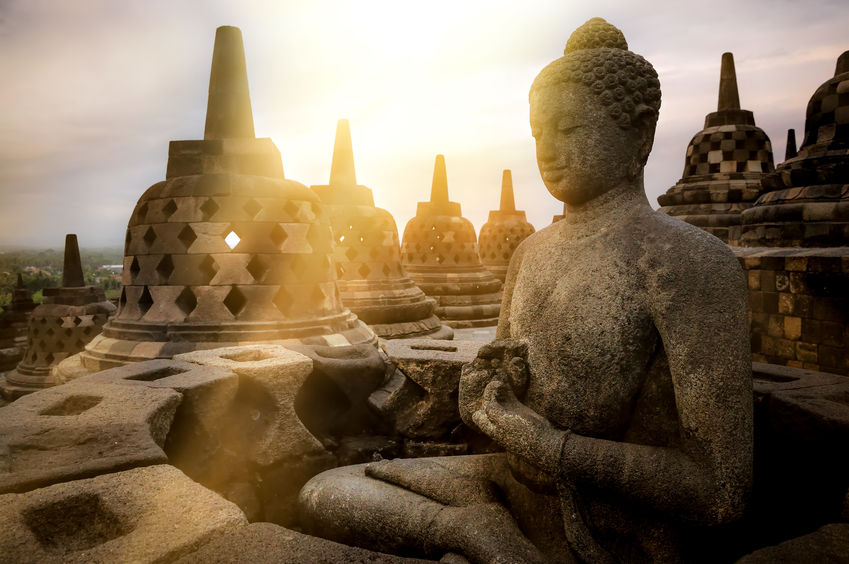How to Meditate? Tips for Creating Your Ideal Meditation Room
Just How to Meditate: A Step-by-Step Technique to Getting Mindfulness and Calm
Meditation offers as a powerful device for accomplishing mindfulness and emotional calm in a hectic globe. By recognizing the fundamental concepts and techniques associated with reflection, people can cultivate a practice that enhances their overall well-being. This discussion will certainly detail vital steps, from producing a helpful setting to integrating reflection right into daily routines. As we explore these elements, it becomes clear that the trip to mindfulness is not just concerning the act of resting in silence, but rather about promoting a deeper link with oneself and the globe around us. What might this improvement require?
Recognizing Meditation
Understanding meditation includes grasping its basic principles and methods, which act as the structure for the technique. At its core, reflection is a psychological workout targeted at promoting relaxation, developing interior energy, and developing compassion and insight. The technique encourages individuals to concentrate their focus, frequently through techniques such as deep breathing, visualization, or concept rep.
Reflection can be classified into various designs, consisting of mindfulness, transcendental, and loving-kindness meditation, each with distinct purposes and methodologies. Mindfulness reflection highlights present-moment understanding and non-judgmental observation of sensations and ideas, while transcendental reflection involves the usage of details rules to transcend normal thought procedures. Loving-kindness reflection concentrates on developing a perspective of love and empathy towards oneself and others.
No matter the method employed, the key goal continues to be constant: to grow a deeper understanding of the mind and its patterns. This self-awareness promotes emotional strength, clarity of idea, and a profound sense of tranquility (How to meditate?). By recognizing these principles and strategies, people lay the groundwork for an effective meditation technique that can dramatically boost their general health
Getting Ready For Your Practice
Before starting your meditation method, it is vital to create an atmosphere for focus and leisure. Select a quiet area where you are not likely to be disturbed. This might be an edge of a room, a yard, or any kind of place that stimulates a feeling of peace. Make certain that the area is tidy and cost-free of clutter, as a neat atmosphere can aid clear the mind.
Take into consideration the lights, as all-natural light can enhance your mood and energy. Soft, cozy lighting is often extra soothing than rough fluorescent lights. In addition, pick a comfy temperature level, guaranteeing that you are neither as well hot nor as well cold.
Incorporating elements that promote serenity can additionally improve your experience. This might include soft paddings or coverings for convenience, in addition to soothing fragrances from crucial oils or incense. It can also be useful to have a timer set for your reflection session to avoid distractions from clock-watching.
Basic Meditation Strategies

One more reliable technique is body scan meditation. This includes emotionally scanning your body from head to toe, observing any kind of areas of tension or discomfort and purposely unwinding those muscular tissues. This practice promotes a much deeper connection between your body and mind.

Last but not least, loving-kindness reflection concentrates on cultivating compassion in the direction of on your own and others. Silently repeat expressions of a good reputation, improving emotional wellness and interconnectedness. Each of these strategies acts as a foundation for your meditation trip, enabling you to find the approach that reverberates finest with your personal technique.
Preserving Emphasis and Mindfulness

Establishing a specialized reflection room can boost the capacity to preserve mindfulness. A quiet, clean atmosphere decreases distractions, permitting deeper immersion in the practice. Additionally, establishing a time frame can aid take care of assumptions; starting with shorter sessions may ease the transition right into longer practices.
Making use of Discover More strategies such as body scanning or observing experiences can additionally boost mindfulness. These techniques motivate professionals to stay existing and engaged with their physicality, anchoring their focus in the minute. Routine method is necessary; the brain builds resilience over time, developing a more powerful capability for focus.
Incorporating Meditation Into Daily Life
Including meditation into day-to-day live can change regular activities right into chances for mindfulness and self-reflection. By integrating mindfulness practices right into typical tasks, people can grow a better sense of presence and peace in the middle of the busyness of day-to-day life.
Begin by recognizing moments throughout your day where you can stop and practice mindfulness. Even mundane tasks like strolling or cleaning dishes can end up being possibilities for meditation by guiding your interest to the experiences of movement and the noises surrounding you.
Furthermore, alloting devoted times for meditation can enhance its technique. Start with short sessions, slowly enhancing duration as you become much more comfortable. Usage tips or hints-- like a details time of day or a relaxing sound-- to develop uniformity.
Ultimately, the objective is to weave mindfulness right into the fabric of every day life, allowing you to approach each minute with intent, thereby improving your total sense of health and clearness.
Conclusion
In final thought, effective reflection needs a quiet setting, a comfortable placement, and a focus on the breath. Routine meditation, also in short sessions, see this fosters a much deeper connection to the existing moment, inevitably leading to better tranquility and mental quality in daily life.
Reflection can be categorized right into various designs, including mindfulness, transcendental, and loving-kindness reflection, each with distinct objectives and approaches. Mindfulness reflection highlights present-moment recognition and non-judgmental observation of sensations and ideas, while copyright entails the use of details mantras to go beyond normal thought processes.With your reflection space prepared, it's time to discover different basic reflection strategies that can help grow mindfulness and internal peace.Constantly keeping focus and mindfulness during reflection can be difficult, specifically for those brand-new to the practice.Establishing a committed meditation area can improve the capacity to maintain mindfulness.